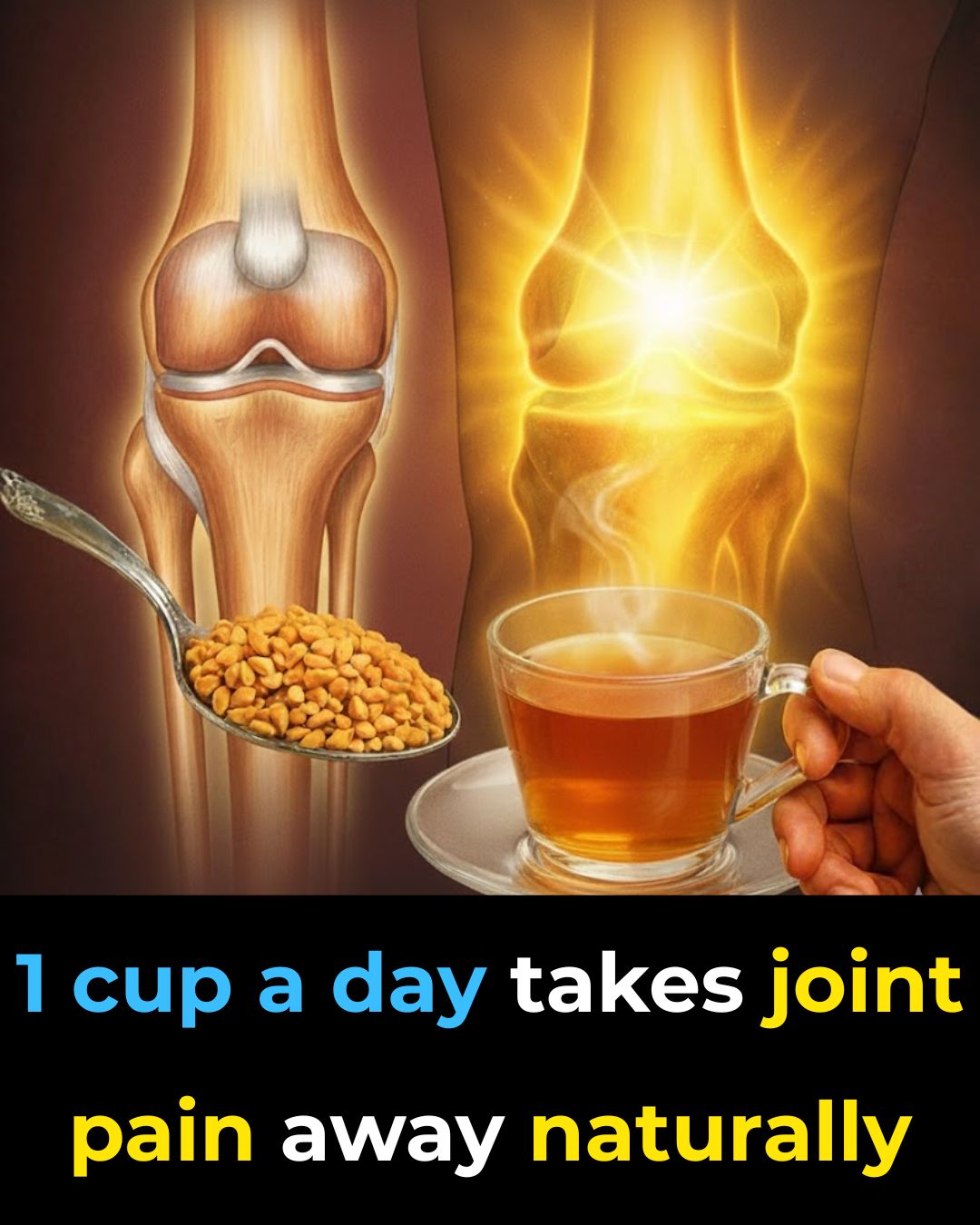How to Use It
Mix all ingredients in warm water and drink once or twice daily — ideally morning and evening. Stick with it for 15 to 20 days. If the herbal flavor is too strong, add a squeeze of lemon or lime for freshness.
This drink helps your body clear inflammation, restore circulation, and nourish the joints — one sip at a time.
2. Eat for Healing: Dietary Do’s and Don’ts
You can’t out-supplement a poor diet. If you truly want to reduce pain and inflammation, what you eat (and don’t eat) matters just as much as any herbal remedy.
Follow these Ayurveda-inspired dietary principles designed to soothe the body, reduce “vata” imbalance, and promote joint comfort.
Foods to Avoid (for Now):
Raw vegetables and crunchy foods: Anything that’s hard and makes a crunch (like apples, raw carrots, or cabbage) can aggravate inflammation. If you crave an apple, bake or stew it first.
Fermented foods: Normally healthy, but when inflammation is high, items like kimchi, sauerkraut, and kombucha can be too stimulating.
Sprouted foods: Avoid until pain subsides — they can be hard on the gut when inflammation is active.
Certain veggies: Skip cauliflower, cabbage, spinach, and eggplant for now. Also, avoid raw tomatoes, which can irritate joints in sensitive individuals.
Pulses and legumes: Stick only to mung beans (green gram) — they’re gentle, cleansing, and easy to digest.
Foods You Can Enjoy:
Soft, warm, and cooked meals — think soups, stews, porridges, and lightly sautéed vegetables.
Use healthy oils like ghee or olive oil for gentle lubrication of joints.
Drink warm herbal teas or plain hot water throughout the day to keep your circulation strong.
Eat slowly, eat warm, and avoid cold or processed foods. This approach helps reduce internal “dryness” and stiffness — key factors behind joint discomfort.
